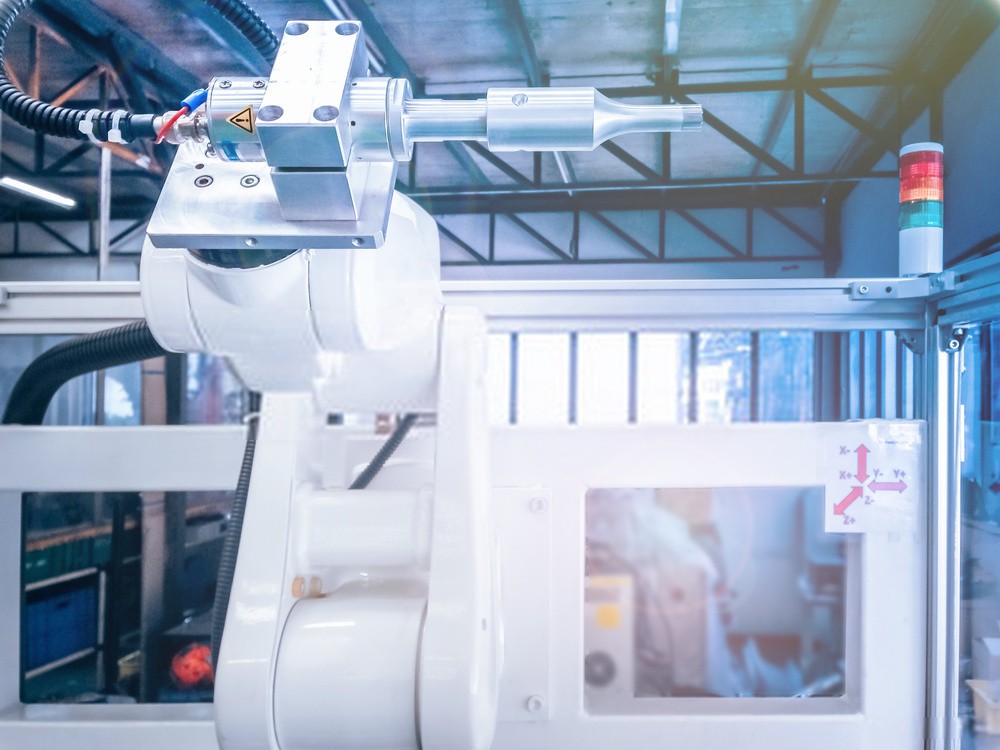As the world is rapidly moving toward advancement and technology, welding is one of many fields that has seen a rapid change in techniques and conventional methods.
Advanced welding approaches are now being developed and taking over the old versions.
One form of advanced welding is known as ultrasonic welding, and it is increasingly becoming popular day by day.
When it comes to welding, many of us think of it as a way to join two or more materials together, especially the metal pieces, and we often relate it with heat staking.
However, there is a clear difference in both, and both of these methods are used for specific purposes. This article will highlight the important aspects of ultrasonic welding vs heat staking to clear the misconceptions between the two.
By going through the article, you will be able to clearly define the differences between the two and will know the specific purpose of each.

Ultrasonic welding
Ultrasonic welding is the fastest growing technology in the field of welding. Ultrasonic welding uses mechanical vibrations at very high frequencies that are above the audible range of a human being.
Ultrasonic welding is largely being used to weld plastics and different metals.
The mechanical vibrations generate heat, and as a result, the edge of joining pieces melts and fuse together to form a bond.
The rate of production with ultrasonic welding is much higher with accurateness and preciseness as compared to other forms of welding, and therefore it is well matched for mass production.
Ultrasonic welding machine equipment mainly consists of a power supply, transducer, booster, horn and clamping devices.
The components that need to be weld are put together and held under pressure with clamping devices.
The power supply generates a high current, which passes through the transducer. The job of the transducer is to convert the electrical current to mechanical vibrations.
The vibrations are then sent to the booster to further increasing the frequency; after that, it is forwarded to the horn linked with the welding plate.
Pressure is applied through the clamps and welding plates while the horn supplies the vibrations. As a result of it, the temperature rises due to which deformation at the interface take place and form a joint.
There are many advantages of using ultrasonic welding over other types of welding processes.
Ultrasonic welding is much faster among all other forms of welding; within a fraction of seconds, it can do the work; in addition, the whole process of it can be converted to full automation.
Ultrasonic welding is highly reliable and effective; it possesses less health risk and does not create a slag or leftover, as it does not require any bonding agent or external heat. It is a clean welding process.
Thus, it requires very less or no finishing work. Above all, Ultrasonic welding is eco and user friendly as compared to other types of welding techniques.
The benefits of ultrasonic welding make it a preferred choice for various industries. From automotive to aerospace and from medical to packaging, the use of ultrasonic welding is everywhere and increasing with time.
In short, ultrasonic welding is versatile and is being used in many different industries and trades for different purposes.
Heat staking
Heat staking is a technique that is mainly used to join two similar or dissimilar materials or pieces together. It works by raising the temperature of joining materials and then reforming it to make a bond.
Heat staking works on plastic and as well as on metals, and it also allows you to link plastic with other types of materials that are not likely to be happen with welding.
Usually, heat staking is applied on the plastic materials, one of which contains a hole and the other has a boss. A boss, in mechanical terms, is a shape of an object that fits in another material containing a particular hole.
Heat staking is also referred to as thermoplastic staking. It does not need screws and nuts; rather, the joint created through heat skating is strong and reliable.
Heat staking has versatile uses and is being used by many industries and trades, including automotive, electronics, and information technology. The other applications of it include sealing holes, bonding, and welding.
Unlike welding, it does not require huge machinery or tools, does not produce slag, and the task can be achieved in few seconds.
No mechanical vibration is formed during the process of heat skating, and thus, no damage is caused to the object, while in ultrasonic welding, high frequency vibration can cause defects in material.
The same goes with pressure; heat staking does not put much pressure or stress on the material, whereas in ultrasonic welding, it is an essential component of a whole process.
The equipment and processing cost of heat staking is much lower than ultrasonic welding, and one important thing is that for ultrasonic welding, you require a set of skill and knowledge, while for heat skating, you do not need to be an expert in the field.
No extra material or adhesive is required for heat skating, and despite of that, it offers excellent durability, as much as you can achieve with ultrasonic welding.
Furthermore, maintenance and repairing heat staking is much easier as compared to ultrasonic welding.
The choice of selecting an appropriate method mainly depends on the type of base material, the budget you have, ease of use and any other particular needs and requirements.
You should go for the method in which you are more comfortable and have the required knowledge and expertise.
Once you have read the article completely, you will not only be able to differentiate between ultrasonic welding and heating staking, but it will also help you in choosing the best suitable method for you.
At the end of the day, it is the efficiency and the reliability that matter the most, and based on the information provided above in the article, both of the techniques are highly efficient in their own way.
